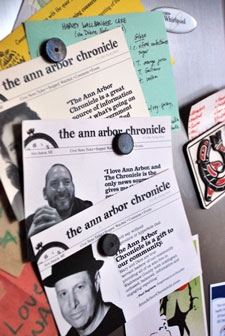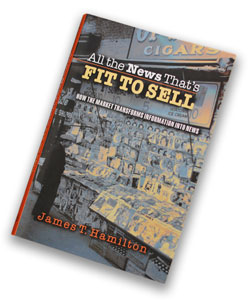Milestone: Relays Without Batons
We’re roughly midway through The Chronicle’s fifth year. That means in September we’ll mark a half-decade of publication.
At that point, we will likely write a column with some reckoning of total words, or total number of public meetings covered, or some other statistical breakdown.
And even though we will say, “It’s a half decade,” those numbers will not mean we are half way there. Because there is where the finish line is. And in this race The Chronicle has been running, there is no finish line.
In that respect it is not like a marathon – when you know at the start that if you settle into a sustainable pace, you will eventually finish. But for a race that has no finish line, what does a sustainable pace even mean?
Here at The Chronicle, a sustainable pace means that the business is financially stable enough to cover the freelance writers, basic business expenses and the livelihoods of a full-time editor and publisher. But The Chronicle is not sustainable in an important sense. It requires a full-time effort from two people – and here I don’t mean 40 hours, or 60 hours, or even 80 hours a week. I mean basically every waking moment.
So The Chronicle is not sustainable in the sense that it’s a business that could be sold to someone else to carry on – unless that someone else were two people who are willing to run down a race course that offers a simple livelihood with few water stations and some occasional cheers.
To pound this running metaphor completely into the ground, The Chronicle is not sustainable in the sense that it could passed like a baton to the next runner in a relay. And that reminds me of a relay race I ran a quarter century ago in my hometown of Columbus, Indiana.
It was called the May Day Medley. [Full Story]










